
Storing Potatoes Correctly: How to Do It
After harvesting potatoes, the healthy tubers need to be stored correctly so that you can enjoy your harvest for a long time. You can read about what you need to consider when storing potatoes here. Here you can find tips on storing potatoes without a cellar or whether it's a good idea to store your potatoes in the fridge.
This Article Contains:
Quick Overview
How to Store Potatoes Properly
- Dark, cool and dry at temperatures around 5 ° C/41 ° F, e.g. in a cellar
- Storing potatoes without a cellar: in so-called potato piles insulated with straw, also possible on the balcony, in the garage or in the pantry; alternatively in earth mounds
- Storing potatoes in the fridge: preferably not, as the humidity is too high and the temperatures too low
How Long Do Potatoes Keep?
- Depending on the potato variety, they can be kept for several months (3 to 5 months)
- Early potatoes are the exception here, they cannot be stored
- Alternatively, you can cook and freeze the potatoes
Storing Potatoes: Here’s How
Before you think about how you want to store your potatoes, you should first sort out any damaged tubers. Potatoes with bruises, green or brown spots are not suitable for storage and should be eaten straight away.
To increase shelf life, you should wait until the foliage is completely dead before Harvesting the Potatoes. To ensure that the potatoes develop a thick skin, the best time to harvest them is two to three weeks later.
Roughly remove the soil residue after harvesting. Don't wash them, only do this immediately before cooking. Otherwise, there is an increased risk of your potatoes rotting or going moldy. Allow the potatoes to dry thoroughly before storing them.

Wondering When Potatoes Are Harvested?
In our library you will find information on the individual varieties with cultivation and harvesting periods as well as tips on planting and harvesting. You will also find companion plants to help you plan a mixed crop.
View Library NowHow to Store Potatoes?
From around five to nine weeks after harvesting, the natural sprouting inhibition of the potatoes is reduced and they can sprout again. They should therefore be stored as cool and dark as possible from this point onwards. An unheated, frost-free cellar or a cool storeroom is best. Temperatures around 5 ° C/41 ° F are ideal. Higher humidity and good air circulation are also important.
At the location of your choice, the potatoes are placed in dry (wooden) crates insulated with straw. These so-called potato piles protect the tubers from major temperature fluctuations. It is important that the potatoes are exposed to absolute darkness, as light promotes the formation of the toxic substance solanine, which causes green spots on the potatoes. If in doubt, cover the boxes with an air-permeable, dark fabric. If green parts do appear on the stored potatoes, these should be generously removed before processing!
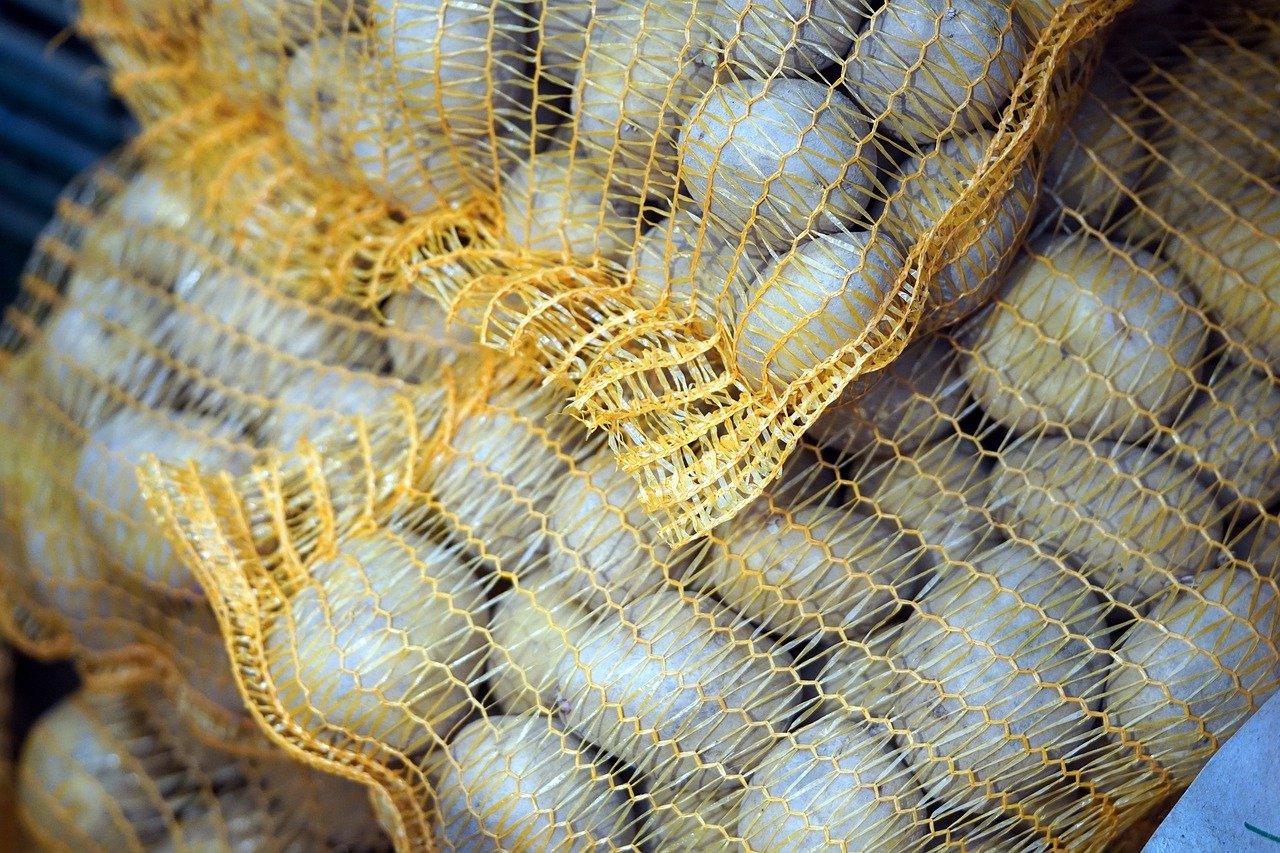
Storing Potatoes Without a Cellar
If necessary, a garage or a sheltered, dark corner of the balcony/terrace can also be used to store potatoes. However, you should make sure that the potatoes do not freeze in heavy frost. Pack the potatoes in a well-insulated potato hive. To cushion the strong temperature fluctuations, use plenty of straw as insulation.
Another option is the pantry. This is usually a little cooler than the rest of the home. The potatoes are not exposed to such large temperature fluctuations there as they are outside. Here it is important to protect the potatoes well from light, e.g. with a jute sack.
Another traditional way of storing potatoes is in earth mounds. These are underground potato stores that provide optimal storage conditions for potatoes. You can find out How to Build Your Own Earth Clamps here.
Storing Potatoes in the Fridge
Storing potatoes in the fridge is not a good idea! The humidity is usually too high here and the potatoes start to go moldy. In addition, the temperatures are too low and the potatoes lose their taste and structure. You should therefore only store potatoes in the fridge in an emergency and only for a short time.
How Long Can You Store Potatoes?
If stored correctly (dry, dark, cool), potatoes can be kept for several months. You can therefore rely on your storage potatoes without hesitation until early potatoes are available again the following year. Only new potatoes cannot be stored: Their skin is very thin and therefore susceptible to rot. It is therefore best not to store them for longer than two weeks. If your potatoes do develop small sprouts, you can remove them together with the skin and process the tuber further. Only when the sprouts have reached a length of 5 cm/2 in should the potatoes no longer be used.
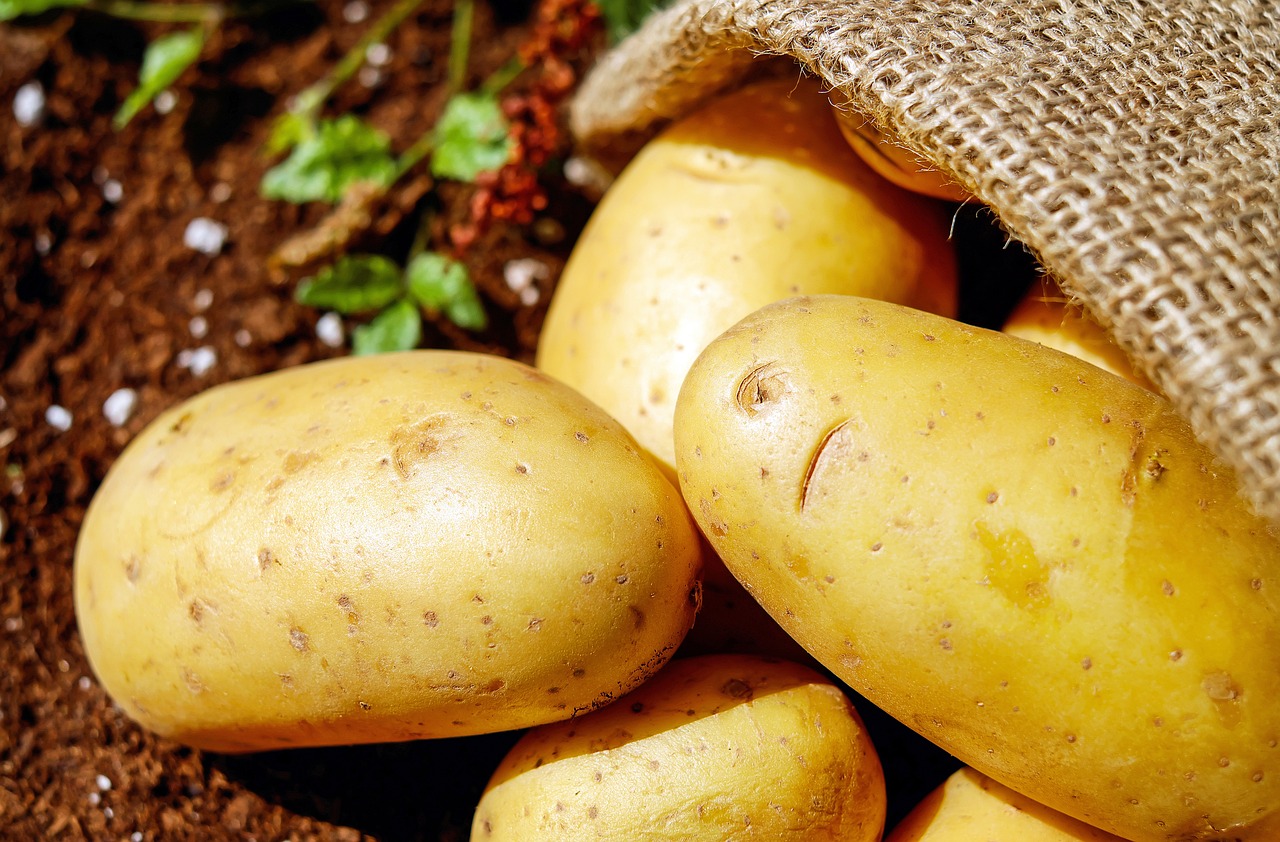
Storing Potatoes
Potatoes are usually stored unprocessed. If you're running out of space in your cellar or in your earth bunkers, there is also the option of freezing potatoes. You can also preserve your potato harvest by canning, you can find out more about this in the article: Preserving Fruit and Vegetables.
Freeze Cooked Potatoes
As already mentioned, potatoes are very sensitive to cold, as their cells are destroyed by even a slight frost and they start to rot. In addition, frost converts the starch contained in potatoes into sugar. You should therefore only freeze potatoes that have already been cooked. However, most of the typical potato flavor will be lost. Don't cook the potatoes too soft. Cut the tuber into smaller pieces and remove the skin. Frozen slices are particularly suitable for gratins. Leave the potatoes to cool before freezing. When freezing, the following applies to the shelf life: potato dishes can be kept frozen for approx. three months, cooked potatoes for approx. 12 months. It is best to thaw the frozen tubers overnight in the fridge.
I hope that I have been able to answer your questions about storing potatoes. If you have any questions or comments, please write to us at [email protected].
Want to get helpful gardening tips all year round and plan your own beds in the best possible way? Then register here or download the Fryd app for Android or iOS.
Fryd - Your digital bed planner
Cover picture by Manfred Richter on Pixabay.

Marie
Marie is an agronomist. She is particularly interested in the sustainable and organic cultivation of vegetables and other plants. In her own garden, she gained experience and likes to try things out to learn from nature. She is particularly interested in the values and principles of permaculture, in order to contribute not only to the well-being of nature, but also to the well-being of people and future generations.
Learn MoreCurrent Topics in the Community

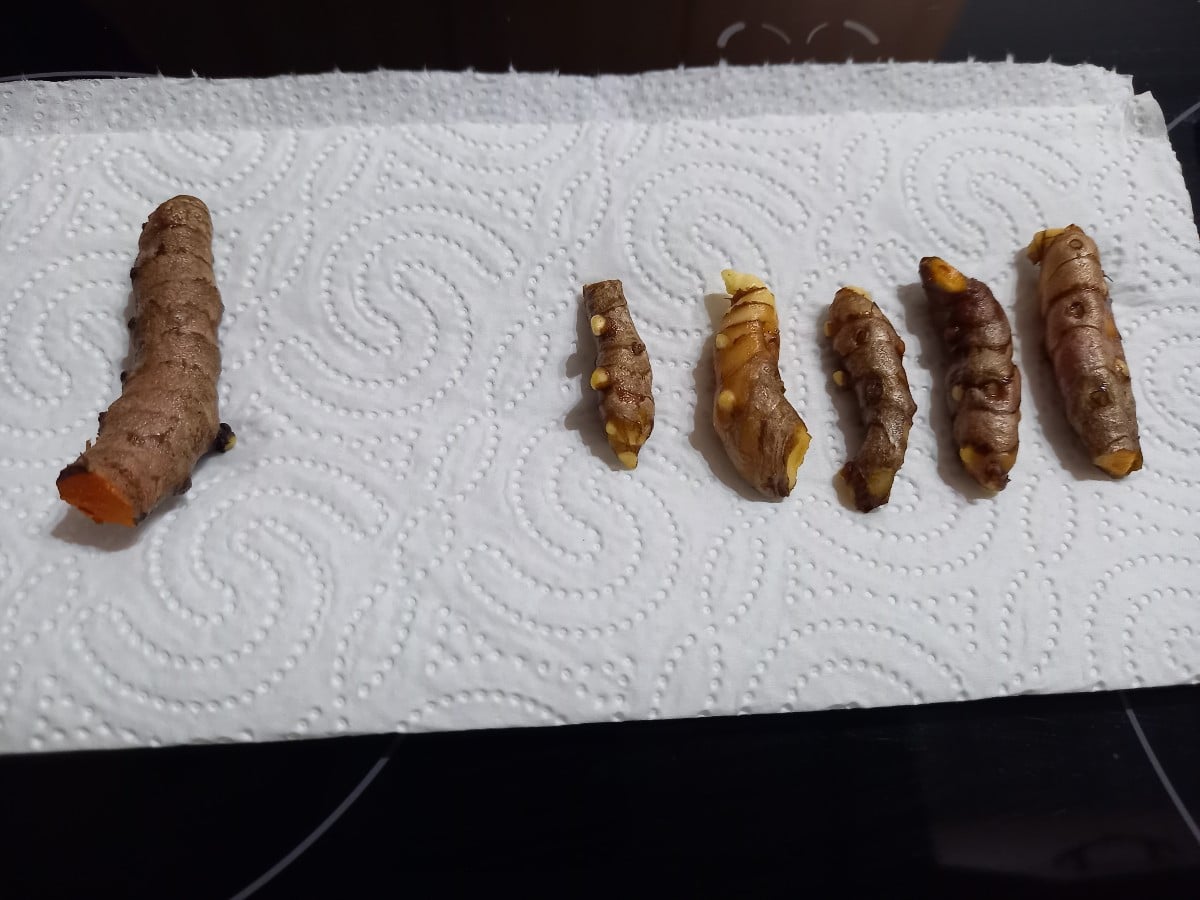
Liked 4 times
Hello folks, Today, after almost a year, I took my turmeric plant out of the flower pot that was on our windowsill. I think it's not bad for a 14x14 pot without any special care. On the left is the mother rhizome, which is also edible.
Show 2 answers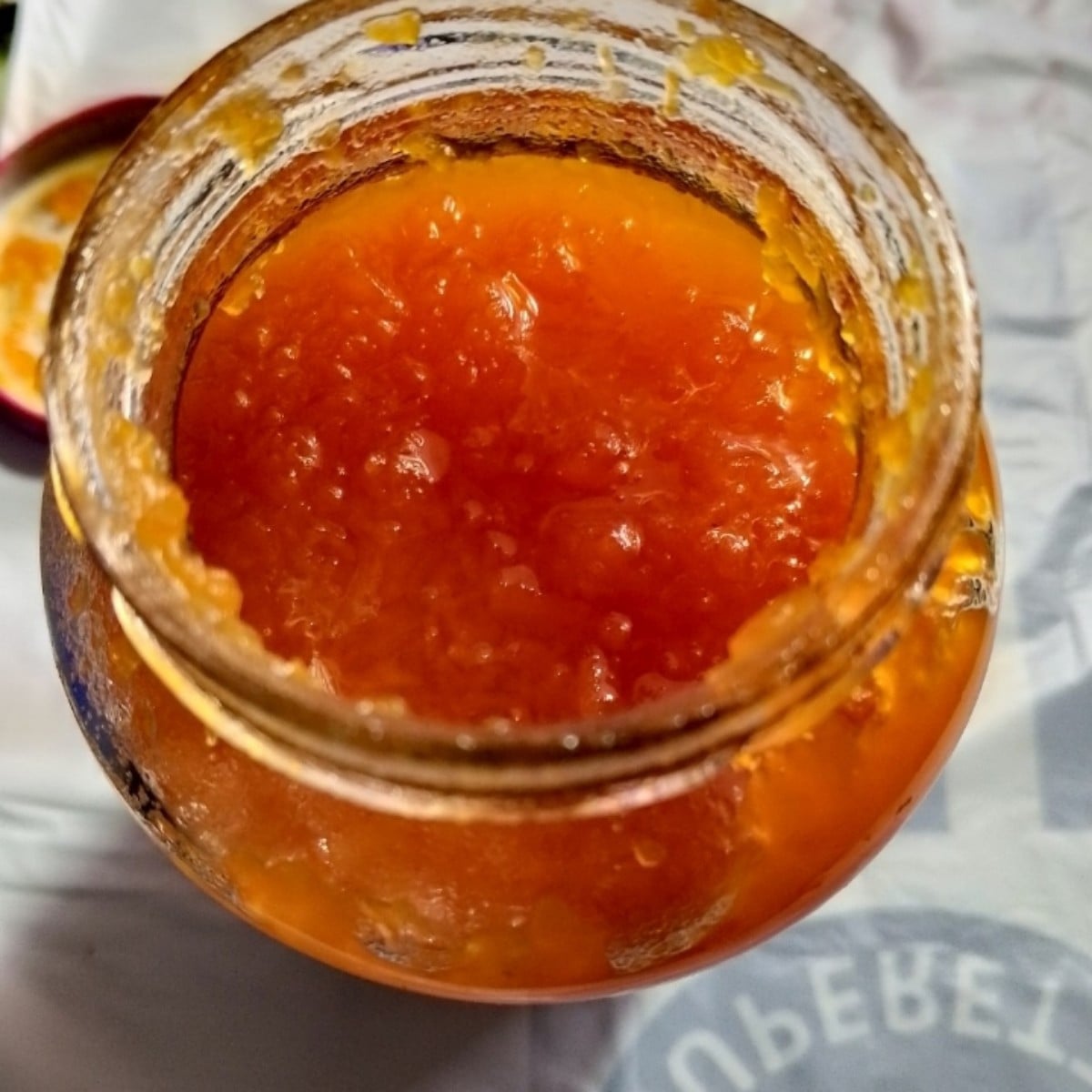
Liked 13 times
Pumpkin jam Cinnamon sticks are added for flavor. It tastes great, do you make pumpkin jam in Europe?
Show 5 answers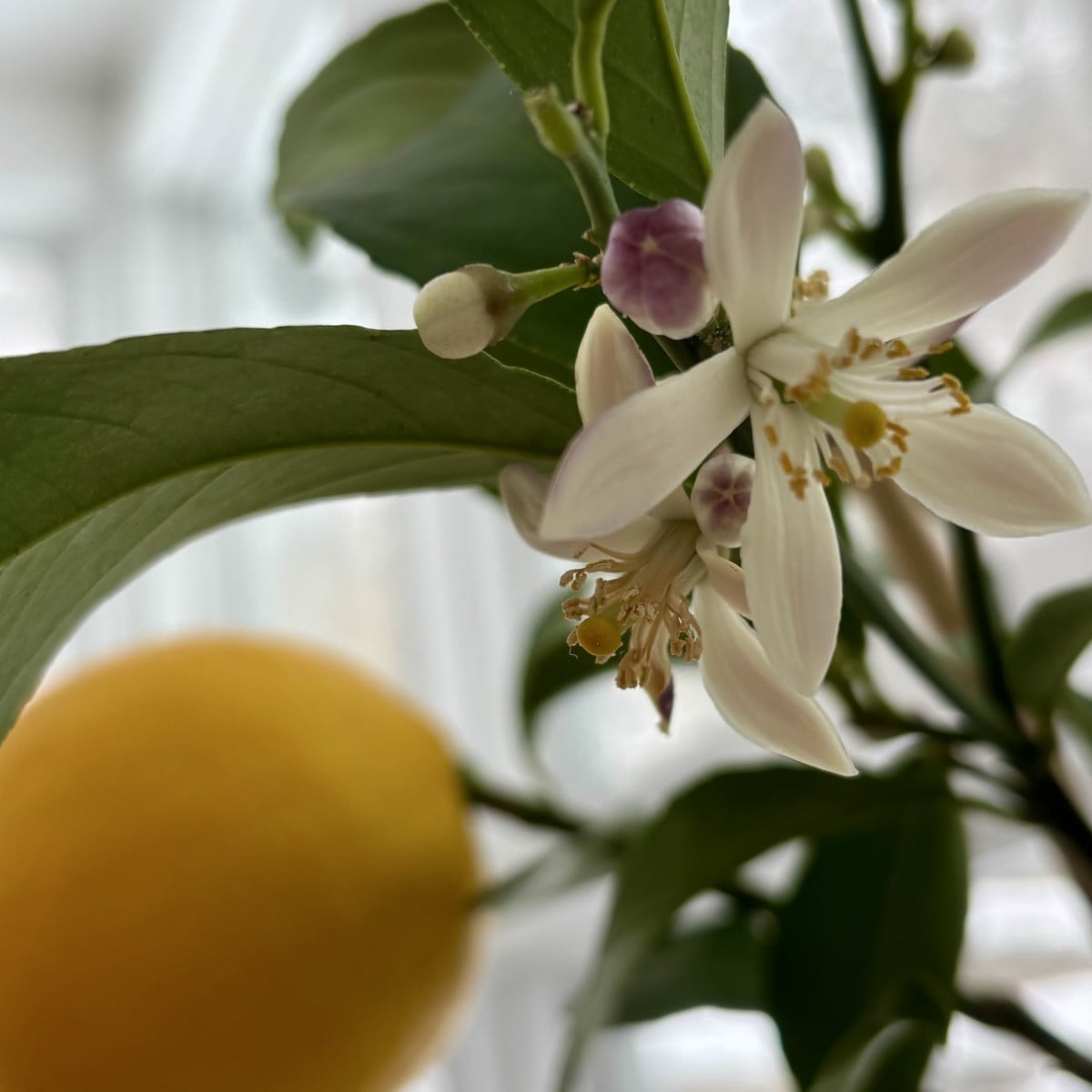
Liked 17 times
There's snow outside, but inside it smells of citrus blossom 🥰🍋🌸
Show 1 answerPopular Articles

Overwintering Parsley: How to Do It Successfully

How to Grow Lettuce in Winter: Varieties, Sowing, Harvesting

Growing Sage Plant: Tips for Sowing and Harvesting
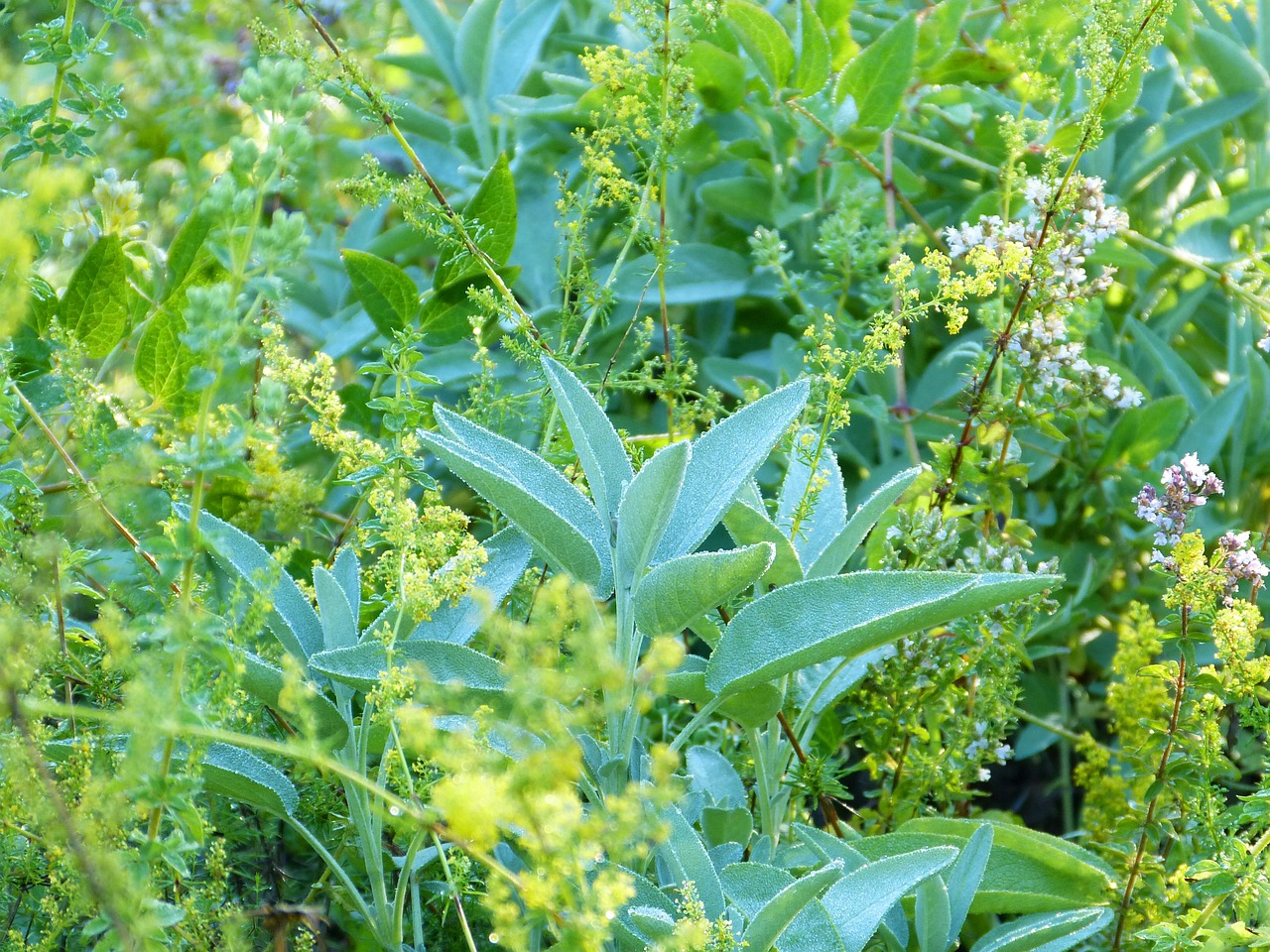
What Herbs Can Be Planted Together?
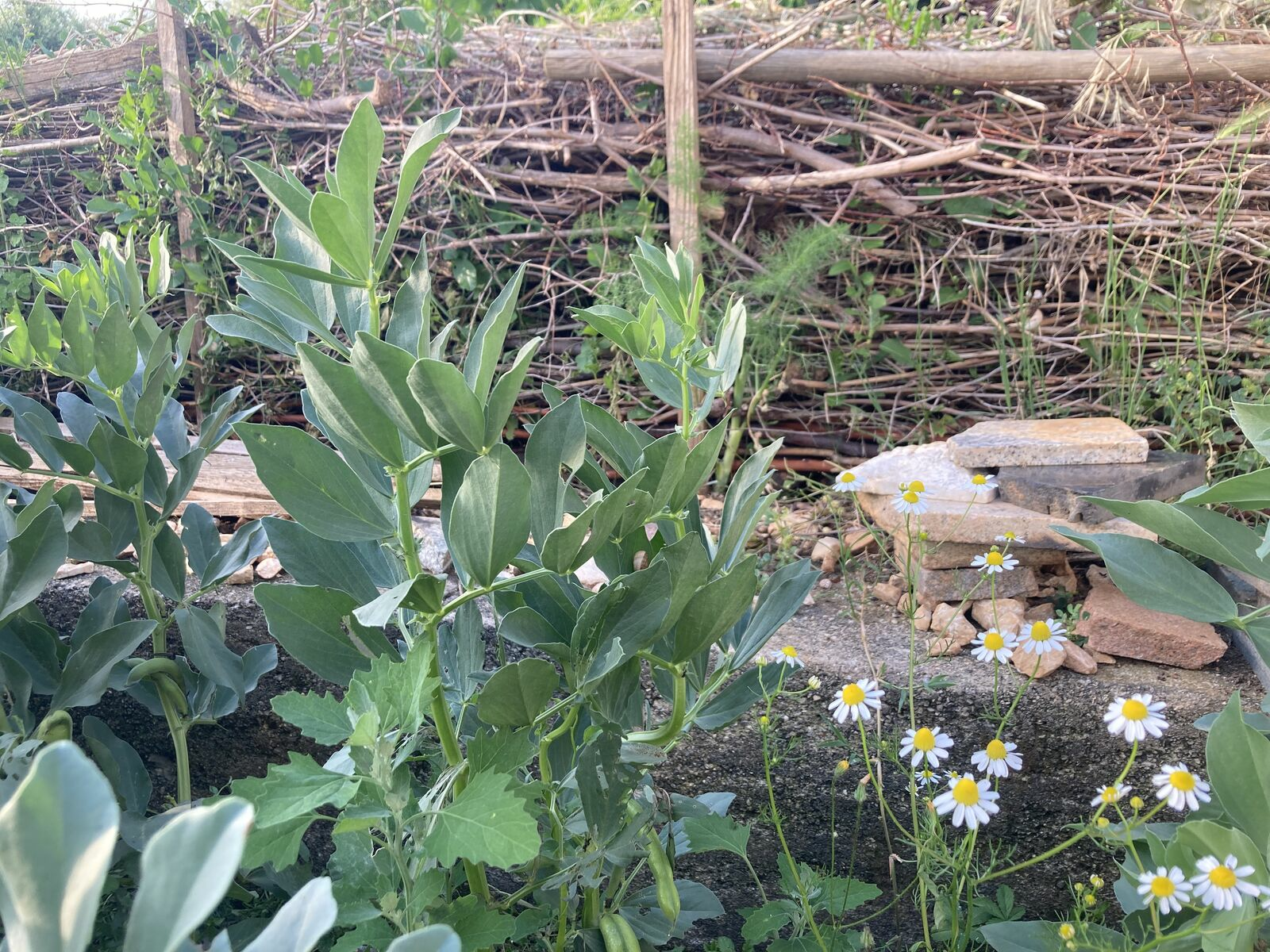
Create & Design a Permaculture Garden
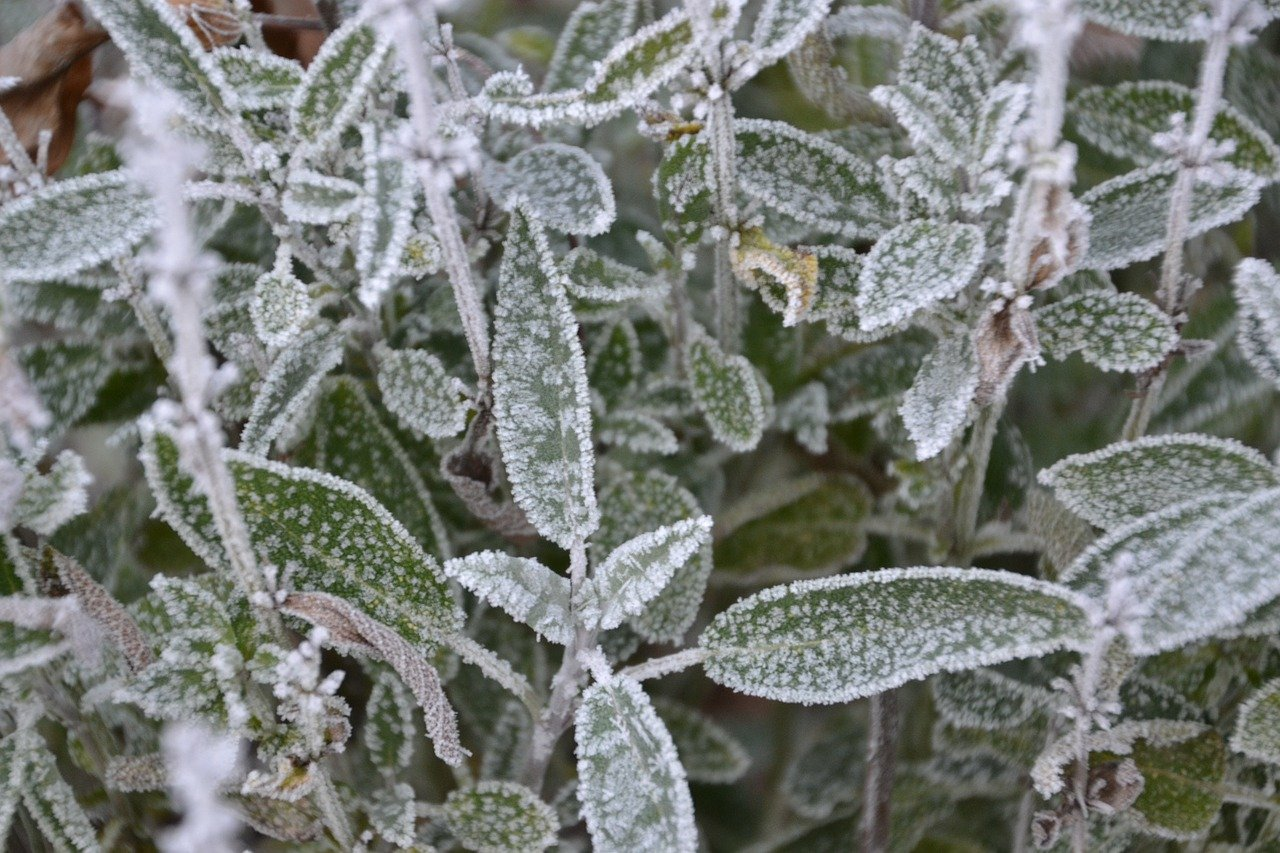
Overwintering Plants: Tubs, Pots and Raised Beds

Pruning, Fertilizing & Propagating Currants: Care Tips

Pruning Raspberries: How to Do It
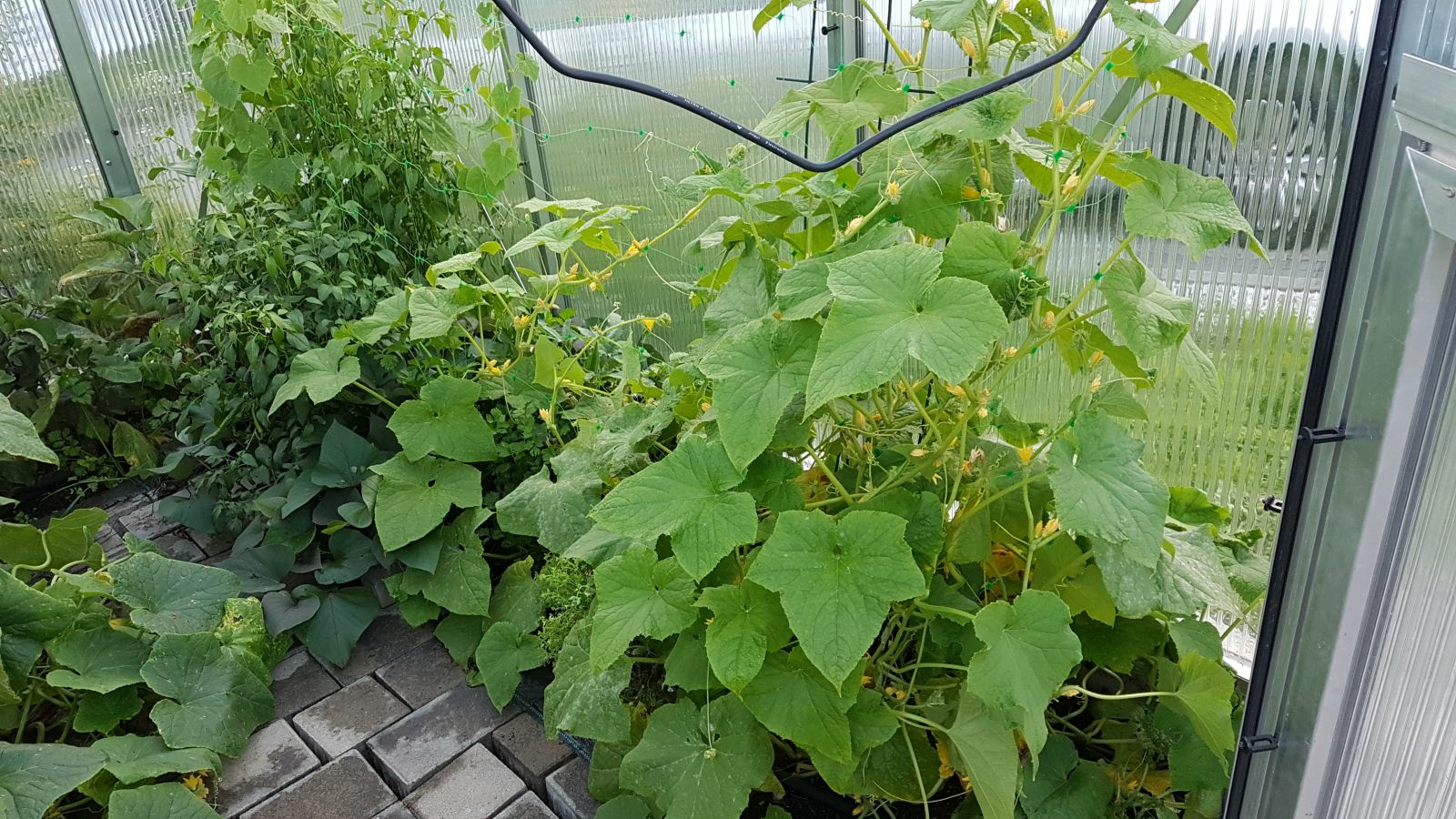
Vegetable Garden With Greenhouse: How to Use Greenhouse Effect
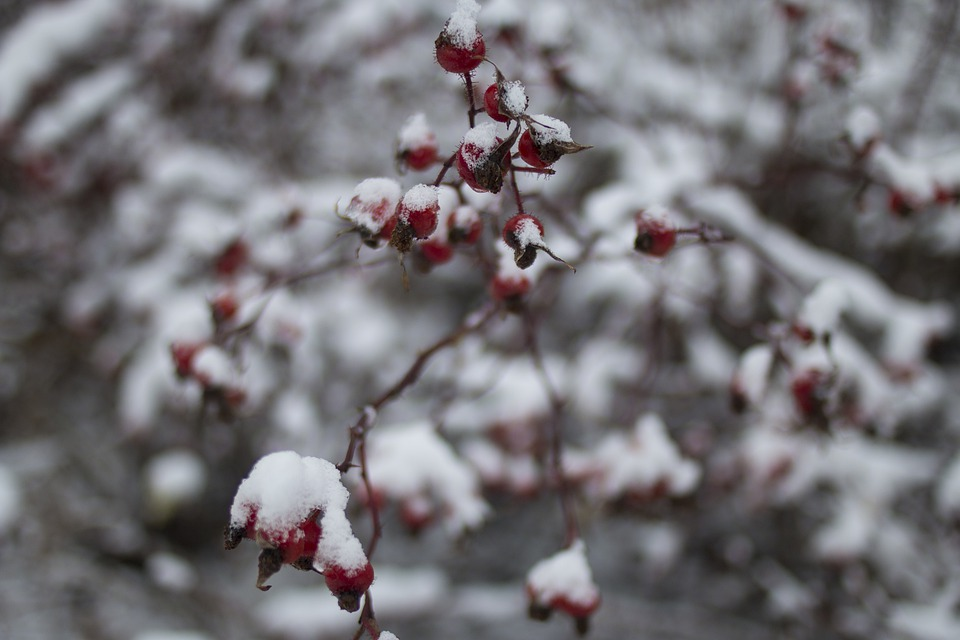
Winterizing Beds and the Garden: How to Do It
FAQ
How should potatoes be stored?
In a dark, cool (around 5 °C/41 °F), and dry place, such as a cellar or insulated boxes with straw.
Can potatoes be stored in the refrigerator?
No, the humidity is too high and the temperatures are too low, leading to mold and loss of flavor.
When stored properly, several months (3-5 months), but early potatoes only about two weeks.
Can cooked potatoes be frozen?
Yes, cooked potatoes can be frozen and last for about 12 months.